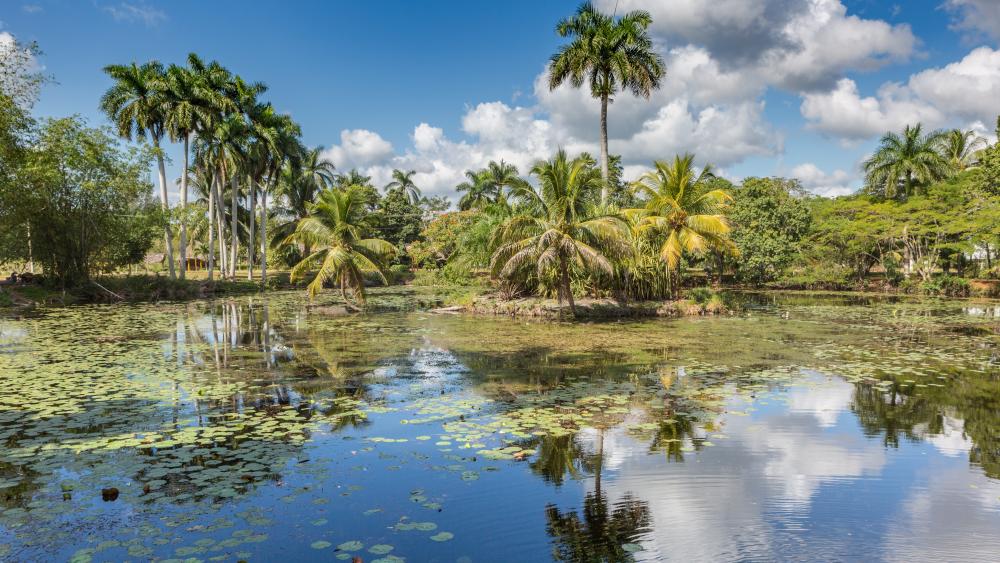
Kubas Binnengewässer sind Hotspots der Artenvielfalt. | Foto: shutterstock_588945239
A bottleneck in biodiversity conservation is the lack of knowledge of species distribution, the so-called Wallacean shortfall. And there is a spatial imbalance – we know less about some regions of the world than others. Cuba is one such white spot on the map of freshwater species distribution. And in freshwater species occurrence data, invertebrates are fundamentally underrepresented. "That is why it is important to pool the existing information about species distribution and make it available in a freely accessible database according to the FAIR principle, meaning that the data is findable, accessible, interoperable and reusable by the research community. Such data allows to assess Cuban freshwater biodiversity at greater detail than previously possible" explained Yusdiel Torres-Cambas. The first author of the study comes from Cuba and is an Alexander von Humboldt Fellow at IGB.
Invertebrates are the main species in many habitats
Freshwater macroinvertebrates consist of a heterogeneous group of organisms. Both in terms of species richness or functional diversity and biomass, freshwater macroinvertebrates are dominant in the communities they are part of. They have in common that at least one stage of their life cycle is associated with aquatic ecosystems. This dependency on freshwater makes them particularly vulnerable to alterations in their habitats, and consequently freshwater macroinvertebrates are considered sentinels regarding the integrity of aquatic ecosystems. Invertebrates play an important role in the food web and other functions of water bodies.
Comprehensive database according to the FAIR principle
For the database, the research team collated the geographic occurrence information of freshwater invertebrates from scientific literature, unpublished field records, museum collections and online databases. The database covers flatworms (Platyhelminthes: Tricladida), insects (Ephemeroptera, Odonata, Hemiptera, Trichoptera, Coleoptera, Diptera), crustaceans (Crustacea: Decapoda) and molluscs (Mollusca). It contains 6292 records for 457 species from 1075 unique localities and is organized in 32 fields that contain the information about the taxonomic classification of each recorded species, the sex and life stage of collected individuals; the geographic coordinates, location, author and date of the record and a reference to the original data source.
Potential uses of the database
“The database has a high potential in spatial freshwater biodiversity analyses, biogeography and area-based conservation planning. For instance, these data could be useful to identify the actions required for an improvement of the Cuban National System of Protected Areas regarding coverage of freshwater species, spatial connectivity for freshwater ecosystems, or capacity to mitigate the effect of climate change on freshwater species” mentioned Yusdiel Torres-Cambas.
Read the publication in Scientific Data >







